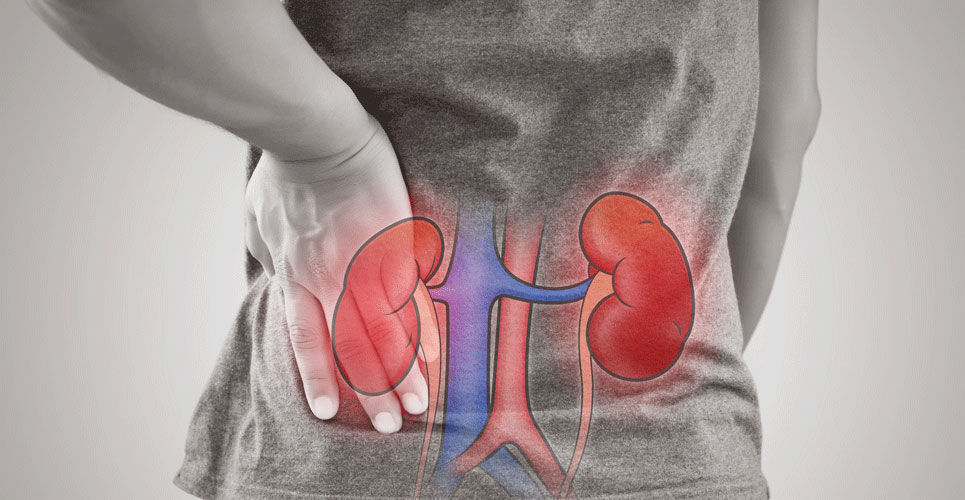Targeting a higher mean arterial pressure (MAP) in shock or perioperative patients is not superior to normotension as a strategy for the prevention or progression of acute kidney injury (AKI) and the need for renal replacement therapy, according to a systematic review by Taiwanese researchers.
Globally, acute kidney injury (AKI) is associated with poor patient outcomes and the available data suggests that the pooled incidence rate of AKI is 21.6% in adults with a 23.9% AKI-related mortality.
An acute circulatory failure is the major cause of renal failure in intensive care unit (ICU) patients, since the low cardiac output and/or low mean arterial pressure (MAP) leads to renal hypo-perfusion and AKI. It is necessary therefore to maintain an adequate mean arterial pressure but the level of MAP to adequately protect against worsening of renal function is unknown.
However, it is known that hypotensive episodes, where the MAP is less than 73 mmHg, are associated with progression of AKI in critically ill patients with severe sepsis. Furthermore, other work suggests that mean arterial pressure levels of 70 mmHg or higher do not appear to be associated with improved survival in septic shock. and that elevating above 70 mmHg may increase mortality.
In the present study the Taiwanese researchers conducted a systematic review and meta-analysis of available randomised clinical trial (RCT) results to try and determine whether a higher MAP might be better than normotension for the prevention and worsening AKI.
They searched all of the major databases for studies to comparing higher BP target versus normotension in haemodynamically unstable patients – those with shock, post-cardiac arrest, or surgery patients. They set the two outcomes of interest as the post-intervention AKI and renal replacement therapy rates.
Mean arterial pressure and AKI
A total of 12 eligible trials with 5759 participants, with shock (57%), non-cardiac (29.3%) and cardiac surgery (13.7%) patients were included in the analysis.
The normotensive target varied depending on the patient cohort. For example, in shock patients the normotensive range was 65 – 70 mmHg, 40 – 60 in cardiac surgery and 60 – 75 in non-cardiac surgery.
When compared against the lower mean arterial blood pressure (i.e., normotension), targeting a higher MAP demonstrated no significant effect on AKI rates in shock (risk ratio, RR = 1.10, 95% CI 0.93 – 1.29), cardiac-surgery (RR = 0.87, 95% CI 0.73 – 1.03) or non-cardiac surgery patients (RR = 1.25, 95% CI 0.98 – 1.60]).
Similarly, there was no effect on renal replacement therapy in shock patients from targeting a higher MAP (RR = 1.10, 95% CI 0.93 – 1.03) or for either for cardiac and non-cardiac patients.
Interestingly, among shock patients with premorbid hypertension, targeting MAP above 70 mmHg significantly lowered the risk of renal replacement therapy (RR = 1.20, 955 CI 1.03 – 1.41, p < 0.05).
The authors concluded that targeting a higher MAP in shock or perioperative patients may not be superior to normotension, except in shock patients with premorbid hypertension but called for future studies to assess the effects of a high MAP target to preventing AKI in hypertensive patients across common settings of haemodynamic instability.
Citation
Tran PNT et al. Higher blood pressure versus normotension targets to prevent acute kidney injury: a systematic review and meta-regression of randomized controlled trials. Crit Care 2022.

